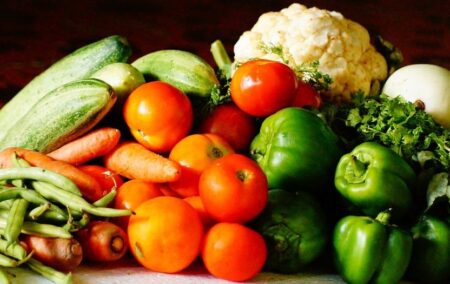Fresh food inflation is at 17.5%, just 2,5% shy of Citi Bank’s warning almost nine months ago, when it forecast a 20% inflation rate for the UK in the first quarter.
The rising food prices are a result of the persistent effects of the Russian embargo affecting supplies of grain and vegetable oil, as well as a steep 79% increase in energy bills, which by the end of 2022 averaged between £2,450 and £2,566 for combined household gas and electricity bills annually. These showed little variation in energy prices in differing regions across Britain.
Food supply shortages due to poor harvests in Europe and North Africa also drove up food prices, while farmers in England and Wales are still reeling from the 57% increased animal feed costs from 2021, burdening an already weakened pound.
Earlier warnings from Minette Batters, president of the National Farmers’ Union (NFU) of England and Wales gave insights on the record low levels of production of salad ingredients including tomatoes, cucumbers, field vegetables and potatoes.
Tough choices lie ahead for the British population, as the Institute for Grocery Distribution says that some households are already skipping meals as they feel the pinch of a projected 2% decline in household disposable income.

